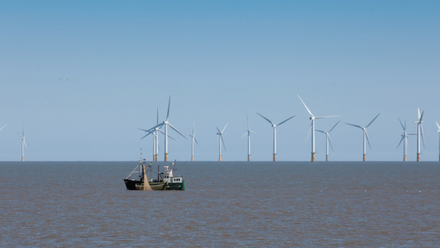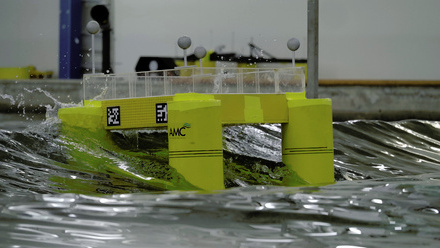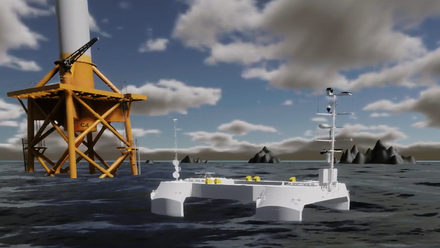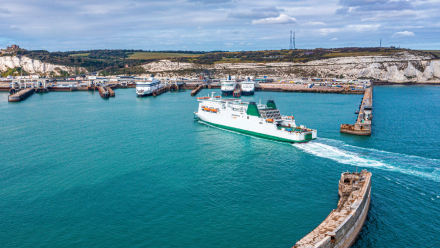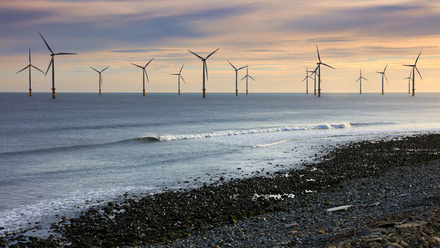Coastal squeeze a growing concern in the UK
In the UK and across the world, coasts are being squeezed by the dual pressures of newly built developments and sea level rise, say researchers.
Coasts provide valuable services to humans, from defence and recreation through to climate resilience. They are home to more than just beaches; sand dunes, salt marshes and rare seabirds are all at risk of being disturbed by external factors.
Scientists have observed that coasts are being put under pressure by both the pressures of sea level rise (SLR) and the development of new infrastructure close to the shoreline.
A research team based in the Netherlands recently examined the squeeze between rising sea levels and infrastructure developments.
The congestion of coasts with man-made infrastructure was not previously well quantified, so the group completed a global analysis of how human building squeezes coasts.
They measured 235,469 transects across a third of the globe’s ice-free shorelines, at 1-kilometre interspaces, finding infrastructure exists at a median average distance of 392 metres (m) from sandy shores.
Data was extracted from OpenStreetMap and Global Urban Footprint (GUF) to calculate the nearest built road or building that intersected the transect. By simulating scenarios, they investigated if nature reserves can relieve squeezing.
The results, published in Nature Communications, revealed that about a third of the coasts analysed have less than 100m of infrastructure-free space available for nature. About 23% to 30% of this space could be lost by 2100 because of rising sea levels.
Man-made structures are along sandy shores everywhere in the world. These were closest to shores in densely populated areas, especially in France, Spain, USA, Italy, Turkey, and Japan, which were all listed in the top 20 of most severely squeezed countries in the world.
Nature reserves key in buffering coastal squeeze
The strategy of introducing and retaining nature reserves appears to be effective for relieving the effects of this squeeze by four-to-seven times according to the research. Yet, there are parts of the world where nature reserves are in decline or non-existent.
The report pointed out that only 16% of the world’s sandy shores have this protected status, advocating incorporating nature protection practices into local policies.
In England, there are about 219 nature reserves, covering about 0.8% of the land’s surface, government figures show, but in recent years there have been criticisms that the government overestimated how much land was protected for nature. Indeed, the Royal Society for the Protection of Birds (RSPB) called for protected areas to be urgently extended and better managed.
Considerations in Europe and the UK
Similar efforts can be made on the European continent according to lead author of the study, Eva Lansu.
“In the Netherlands, the government made additional agreements on coastal protection. According to the agreements, no construction is allowed in beach and dune areas, where there are currently no buildings,” Lansu says.
“For the UK, we found that the nearest building or paved road is on average only 210m (median) from the sandy shore. It is above the European median of 130m, but below the global median of 390m.
“So, the sandy shoreline in the UK is very much squeezed by roads and buildings. Therefore, little space is left to accommodate future SLR and/or coastal erosion,” Lansu concludes.
Such statements point to the importance of regulations when it comes to building infrastructure near shorelines in this country, and to the importance of nature reserves in general.
If you would like to find out more and join the Coastal Science and Engineering SIG, you can select it from the My SIGs page of My IMarEST. Check out the many webinars hosted by this SIG on IMarEST TV.
Main image: Aerial view of coastal squeeze; credit: Daryl Govan, Pixabay

